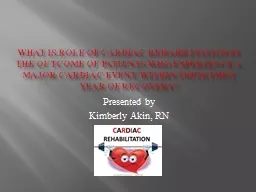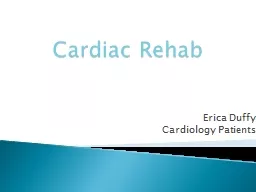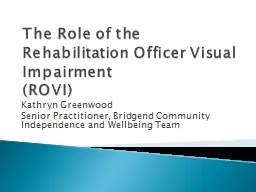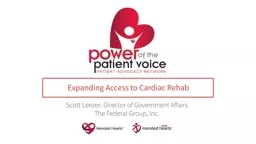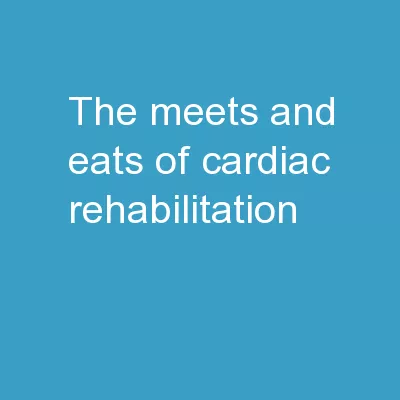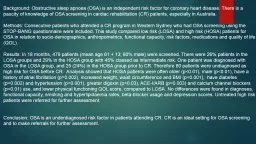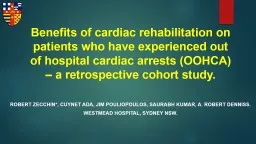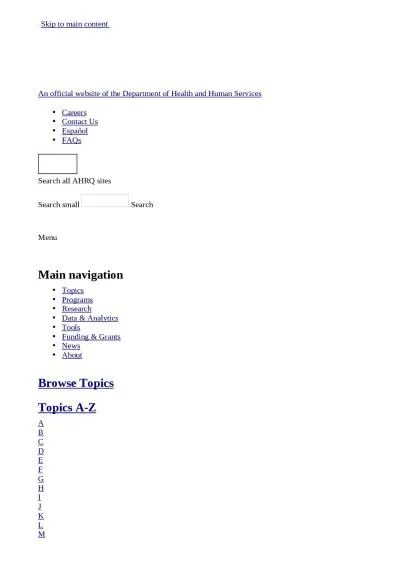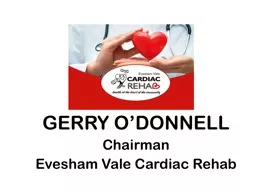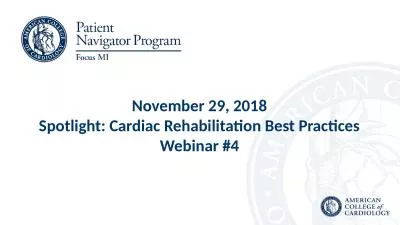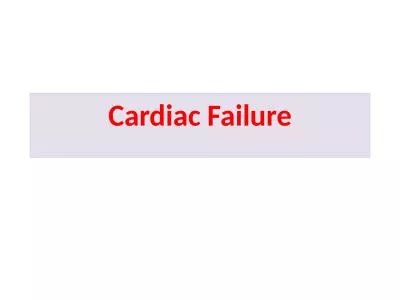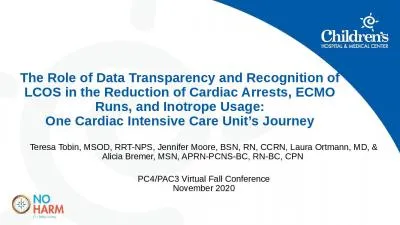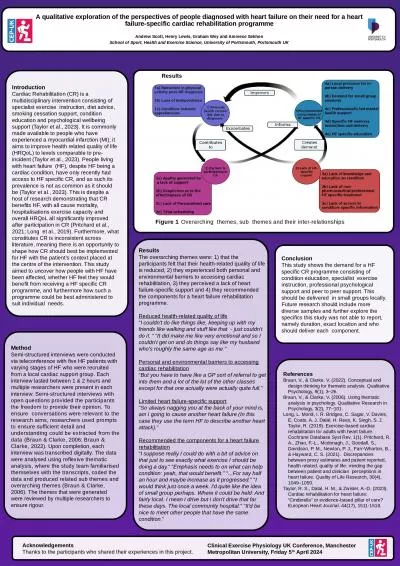PPT-What is role of cardiac rehabilitation in the outcome of pa
Author : karlyn-bohler | Published Date : 2016-06-10
Presented by Kimberly Akin RN Abstract A comprehensive cardiac rehabilitation program is highly beneficial for people who have experienced a cardiac event such
Presentation Embed Code
Download Presentation
Download Presentation The PPT/PDF document "What is role of cardiac rehabilitation i..." is the property of its rightful owner. Permission is granted to download and print the materials on this website for personal, non-commercial use only, and to display it on your personal computer provided you do not modify the materials and that you retain all copyright notices contained in the materials. By downloading content from our website, you accept the terms of this agreement.
What is role of cardiac rehabilitation in the outcome of pa: Transcript
Download Rules Of Document
"What is role of cardiac rehabilitation in the outcome of pa"The content belongs to its owner. You may download and print it for personal use, without modification, and keep all copyright notices. By downloading, you agree to these terms.
Related Documents

